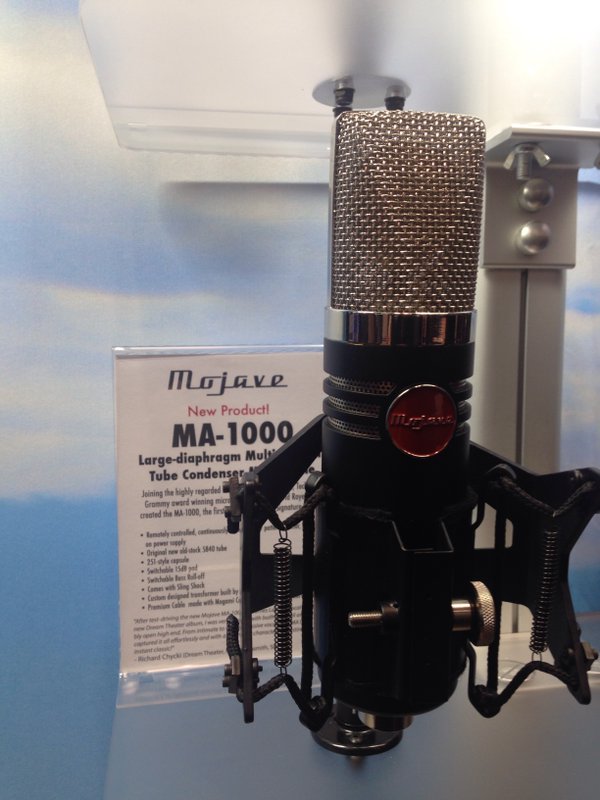I Wish...
I was telling Dave Hawk ( dvdhawk ) this weekend about one of my wishes. And that is that I wish I had the talent, knowledge and ability to design and build gear, ya know, boutique type stuff like opto and tube compressors, EQ'S, mics, guitar amps, ...
- Read more about I Wish...
- 8 comments
- Log in or register to post comments
Motown Recording Methods
I've been researching the methods and gear of the classic age of Motown.
- Read more about Motown Recording Methods
- 43 comments
- Log in or register to post comments
Mojave MA-1000 - MA-50
- Read more about Mojave MA-1000 - MA-50
- 26 comments
- Log in or register to post comments
Review Of PreSonus Channel Strip Collection For Studio One
How They Did It (dissecting the recording & mixing methods
I thought I'd start a new thread, discussing songs we like and dissecting the recording and mixing methods used that lent heavily to the ultimate sound of the song.
Mix Advice
Looking for Mix Advice? - Welcome to our Problem Based Learning Forums where members share, ask questions and debate recording gear and workflows to a better mix.
- Read more about Mix Advice
- 21 comments
- Log in or register to post comments
Fairchild 670 - history and how it works
With the advent of classic gain reduction units in software/ plugin form, I thought I would start a series of threads explaining how these original classic units worked - kind of a "what makes them tick" series of threads, for those who are using emulations from companies like UAD, T-Racks/IK Multimedia, Waves, Bomb Factory, Steinberg, etc.
- Read more about Fairchild 670 - history and how it works
- 6 comments
- Log in or register to post comments
Greg Hanks BA-660 Mic Pre. It's Back!
I reached out and found Greg Hanks recently and found that he has relaunched his BA-660 mic preamp with some differences from the old version. I was pretty impressed by the last one while reviewing it. It'll take me a bit to wade through the new one. I'm just giving you a heads up.
Regards,
Ty Ford
- Read more about Greg Hanks BA-660 Mic Pre. It's Back!
- 2 comments
- Log in or register to post comments
Reaper stock plugins vs. Waves vs. Pro Tools stock
*posted this also another location on here. Sorry if i posted twice. really do not know where to ask this question at.
compressor plugins vs. real compressor
I was recording last night with a new preamp that I built (Telefunken V-72) and I am getting pretty good sounding recordings now using Pro Tools. When I add a compressor using the various plugins that come with Pro Tools LE it seems to me that they are actually degrading the sound and reducing the gain.
- Read more about compressor plugins vs. real compressor
- 7 comments
- Log in or register to post comments
